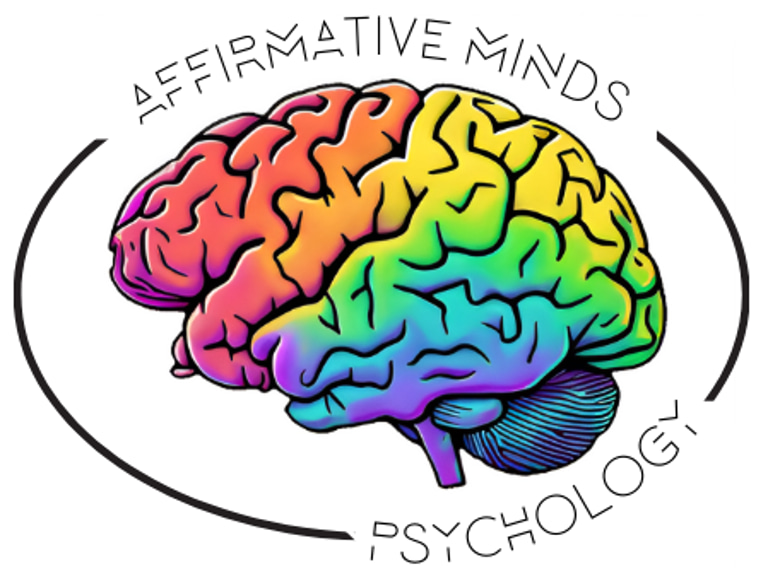New Research Identifies Four Distinct Autism Subtypes
New research has identified four neurotypes of autism. We discuss what this means for the future of autism diagnosis.
Rocky Pellegrino
7/23/20252 min read


A large-scale study involving more than 5,000 children has identified four distinct autism subtypes based on patterns of behaviour, development, and genetics. This research, published in Nature Genetics and summarised by Scientific American, helps explain why autistic individuals can present so differently from one another.
Researchers analysed detailed information about each child's social, cognitive, and behavioural traits alongside genetic data. They found that these four subtypes not only showed clear differences in developmental and behavioural patterns but were also linked to different underlying genetic profiles. This suggests that the biology of autism may vary across these groups, rather than all autistic individuals sharing a single biological pathway.
The Four Autism Subtypes Identified
Social and Behavioral Challenges (37% of participants)
Children in this group had greater difficulty with social communication and more restrictive and repetitive behaviours than other autistic children. They also showed higher levels of disruptive behaviours, attention challenges, and anxiety. Importantly, this group did not show significant developmental delays.
Mixed Autism Spectrum Disorder with Developmental Delay (19% of participants)
These children showed a mix of social communication challenges and repetitive behaviours, along with developmental delays when compared with non-autistic children. Their traits were more varied and did not fit neatly into a single pattern.
Moderate Challenges (34% of participants)
This group had fewer difficulties with core autistic traits such as social communication and repetitive behaviours compared to other autistic children, though still more than nonautistic children. No developmental delays were noted in this group.
Broadly Affected (10% of participants)
Children in this group experienced more severe and wide-ranging challenges across social communication, restrictive and repetitive behaviours, and other core autistic traits. They also had significant developmental delays, distinguishing them from other autistic children.
Why Is This Important?
This research moves us closer to understanding why no two autistic individuals are the same. By linking behavioural and developmental profiles to underlying genetic patterns, the study opens the door to more targeted supports and interventions. Rather than using a one-size-fits-all approach to autism, clinicians and researchers can begin to consider these subtypes when tailoring supports.
At Affirmative Minds Psychology, we understand that autism is diverse. We are committed to working alongside individuals and families to recognise and support each person’s unique needs.
Source:
Scientific American: Four New Autism Subtypes Link Genes to Children's Traits
